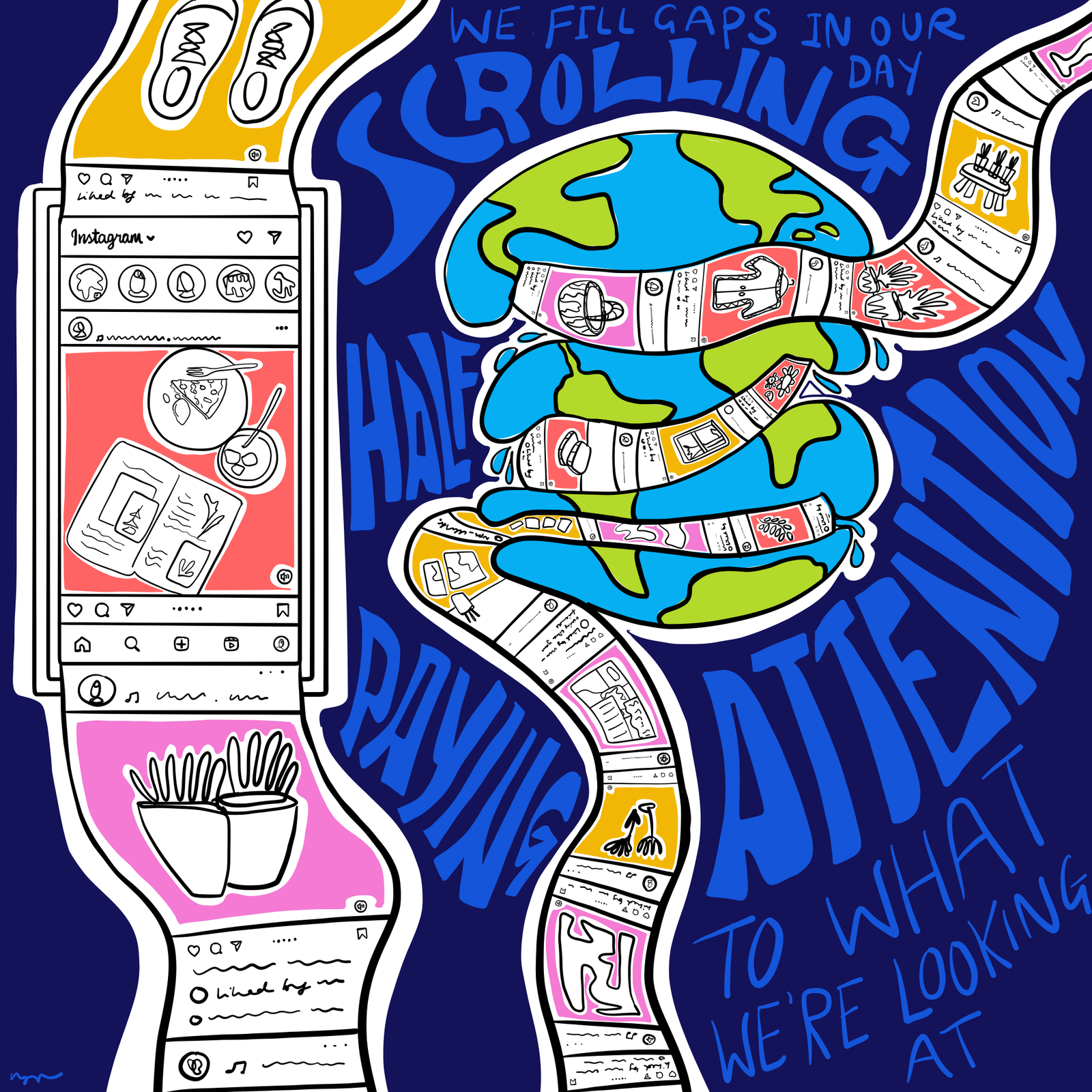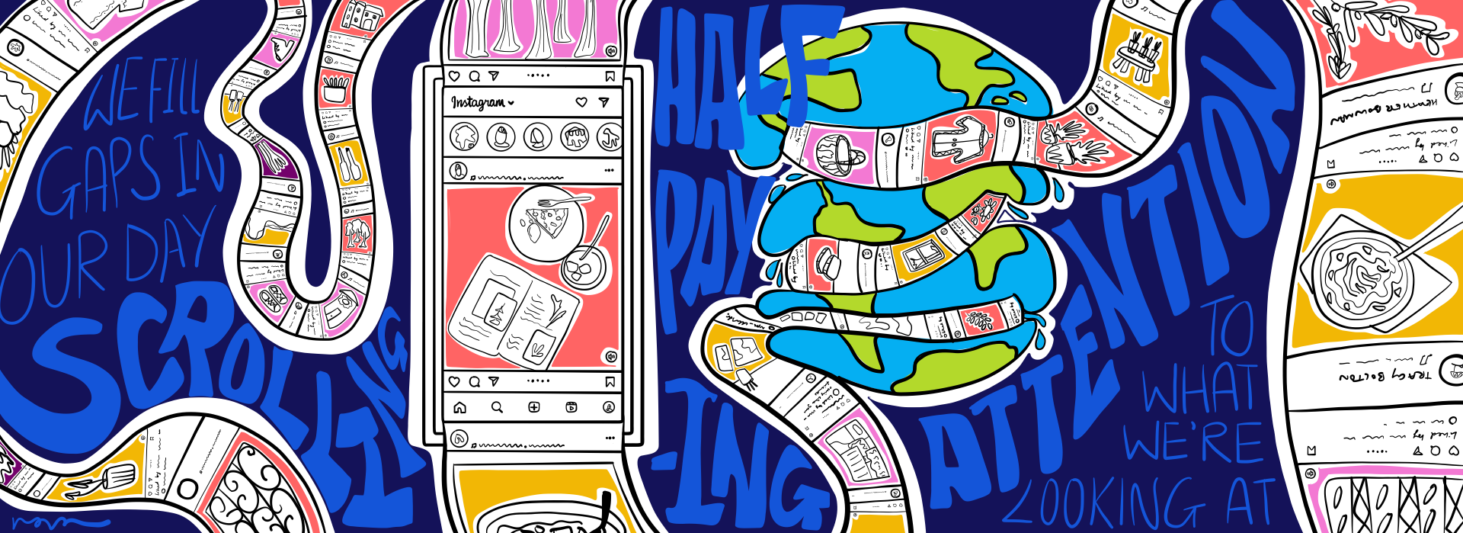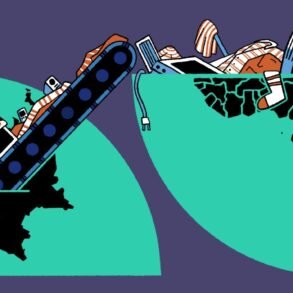The recent wave of international solidarity with Palestine has shone light on other global struggles, encouraging us to recognise our interconnectedness with those across the world. In a time of climate crisis, this sense of unity could not be more urgent. And, one struggle that has come to the forefront of our collective attention is the exploitation of men, women and children in the Democratic Republic of Congo (DRC) for the mining of cobalt, a mineral used for manufacturing smartphones, laptops and electric vehicles.
This has led to conversations about the climate impacts of our digital devices finally gaining momentum, with many people rejecting the cultish overconsumption that tech bros sell us with unnecessary new products and overhyped releases.
Private corporations, from Big Tech to mining giants, continue to profit from the modern slavery conditions that persist in the DRC whilst consumers remain largely ignorant. As a climate conscious generation, Gen Z have responded with new consumer boycotts and protests taking place over the past year. But it isn’t just the devices we use daily that have a physical impact on our planet. Within the shiny gadgets we use daily, there is another sinister layer, out of view, that makes them even more toxic.
The invisible features of our digital world that we have become conditioned to view as the norm are not as immaterial as they might seem. Addictive algorithms and the infinite feeds that keep us scrolling are not only harming us, but they’re also harming our planet. We don’t think of doom-scrolling as resource intensive because for us, it isn’t. It’s something we do passively, when we’re unoccupied. But for the planet, it’s the opposite.
Research conducted by Greenspector, a company that conducts research on digital energy-consumption based in France, found that the carbon impact of an average mobile Instagram user is 18.6gEqCO2 per day, the equivalent of travelling 166 metres by car. And the most energy-intensive activity you can do on Instagram? Scrolling. Yet a poll I conducted of 180 Instagram users who mindlessly scroll, revealed that 73% of them were unaware that scrolling has an impact on the climate at all.
Invisible impacts
The tech industry depends on obscuring its harms from our view, because to make them visible would put their global dominance at risk of being challenged. Is it any wonder that most of us in the Global North have never seen a data centre – the physical infrastructure that keeps the digital world running?
Many communities in the Global South are well aware of the impacts, because the demands of our digital world are draining vital resources away from them, where huge swathes of land are being bought up by tech companies for new data centres. In Mexico there are plans for the construction of up to 73 new data centres over the next 5 years. In Queretaro, the planned new datacentres would require 15 billion litres a year, roughly 13% of the water use in the area.
Data centres, like the one in Queretaro consume an immense amount of energy and natural resources, including using millions of litres of freshwater to keep them cool. There’s a reason they’re called “server farms”. Like industrial farming, these spaces demand immense water and electricity usage to keep powering our digital lives. In 2023, the International Energy Association reported that data centres accounted for 1-1.5% of all electricity use across the globe.
But communities are fighting back. In Chile, activists campaigned against a data centre and halted it by telling the community what Google would not. The centre would consume 169 litres of water per second, in a country that has experienced drought for over a decade, but following protests from locals, the data centre plans were halted. In Europe in the Netherlands, campaigners with Extinction Rebellion staged a protest at local government offices whilst councillors were preparing to vote on whether to approve a new Facebook’s data centre. Scandals have also been at the heart of the data centre boom; prime minister of Portugal Antonio Costa was forced to resign last year over allegations of corruption and influencing peddling, partly due to a £2.4 billion data centre.
But without us, those who use these very technologies every single day, the climate degradation and exploitation at the heart of Silicon Valley’s business model will continue.
Is Meta physical?
Representations in popular culture and media will have us believe that the digital world is a metaphysical force, a marker of societal progress, utopian even. Even the amorphous “cloud” conjures up an image of something natural and fleeting, but as artist and writer James Bridle explains in his 2018 book New Dark Age, “The cloud doesn’t just have a shadow; it has a footprint.”
Staggeringly, the tech industry’s footprint is greater than the entire airline industry, despite the fact that we have been convinced that the online world is an invisible force, as natural as the weather. Our entire digital ecosystem, each device we use, each email we send, each search we make, has an impact that goes beyond the four sides of our screens.
When tech leaders and their companies sell the internet to us as a metaphysical entity which exists everywhere and nowhere, they fuel our cognitive dissonance and profit from a blissful ignorance of the true cost. Obscuring the physical cost of our digital world is a political act which serves in the interests of capital, for if we are unaware of the climate impact of our devices, we’re much more likely to continue overconsuming.
Far from reserved to the sophisticated offices of Silicon Valley, our gadgets and their innovations are a dirty industry. Recognising that the digital world is deeply embedded and tied to the material conditions of our burning planet, will help make us more aware of its impacts.
The dark reality is that every single digital interaction we have, be it sending an email or watching a TikTok, have an environmental impact, no matter how immaterial they might seem. Understanding how damaging the digital world is for our planet can help us unlearn our scrolling habits and reduce our screentime, for our collective benefit, of both people and planet.
Disconnect to reconnect
Consumer boycotts have become second nature for younger generations who are climate- and sociopolitically-conscious. None of my friends buy fast fashion first-hand, and most of them are obsessed with buying pre-loved clothing from places like Vinted. But while most of us can imagine a life without shopping at Primark, a life without the products and services that Big Tech companies provide seems a lot more unrealistic – maybe even impossible.
I asked environmentalist and content creator Joycelyn Longdon about why she feels our climate consciousness is lagging so far behind when it comes to the digital devices and spaces that we use daily. “We all go on our phones, we all use social media, we all go on email, our lives are digital, and that digitalisation has become in a lot of ways a human right. I think a lot of people are aware or are becoming aware, or it’s a part of their lives that does not even feel relevant to think about the impact, because it’s like ‘whatever the impact is, I need this,’” says “‘This technology is so integral to my life that whether it’s bad or good, I don’t have the power to change it and it’s up to Big Tech companies.”
This overwhelming sense of powerlessness can make us as consumers and social media users feel helpless, as modern life has become almost synonymous with a dependence on these companies and their products. But we do have power and agency in our own lives, and this is where we must start.
According to Joyceyln, we need to demystify the idea that progress can only occur through toppling systems entirely. Reducing our own consumption of the physical devices we buy and use, but also our engagement and interactions we have on the timeline is an act of defiance in itself.
Intention over attention
The digital world has conditioned us to expect a constant source of stimulation and instant gratification, and mindlessly scrolling on infinite feeds is a key part of that experience. Before addictive algorithms, the internet used to be something that required intention. It was an activity, not a passivity. We had to turn on a device and log on.

Join our mailing list
Sign up for shado's picks of the week! Dropping in your inbox every Friday, we share news from inside shado + out, plus job listings, event recommendations and actions ✊
Sign up for shado's picks of the week! Dropping in your inbox every Friday, we share news from inside shado + out, plus job listings, event recommendations and actions ✊
But today, most of our internet use is done in an unconscious state. We fill gaps in our day with scrolling, half paying attention to what we’re looking at. In our personal lives, we might be happy to laugh off the impact, joking about ‘TikTok brain’ – but the impact of our mindless scrolling leaves scars on our planet.
Until I learnt just how bad scrolling was for the climate, fighting my scrolling addiction felt like an internal battle. It felt like something to be ashamed of, to keep private. But now I’ve realised that reducing our screen time isn’t just a personal choice, it’s a collective fight that we all need to be a part of. Creating a humane and sustainable digital future that is compatible with our physical world’s limits won’t happen without us.
Over the past year, I’ve used a social media blocking app to unlearn my impulsive scrolling habits. Bringing that intentionality back that characterised the old internet – the forums and chatrooms that Millenials and Gen Z grew up on – feels good. It feels good knowing that this isn’t only good for my mind and wellbeing, but for the planet too.
What can you do?
- Watch this conversation from Friends Of The Congo on whether you should boycott Apple: Should You Boycott Apple for Congo??
- Check out the ethically produced Fairphone if you’re due a phone upgrade and buy your devices second hand from Backmarket to reduce your e-waste
- Do a digital clear out – cleanse your digital space regularly by deleting old photos, emails and apps you don’t need to reduce your digital footprint
- Read this report from The Engine Room on the intersections between climate justice and digital rights
- Read more about tech on shado’s website





